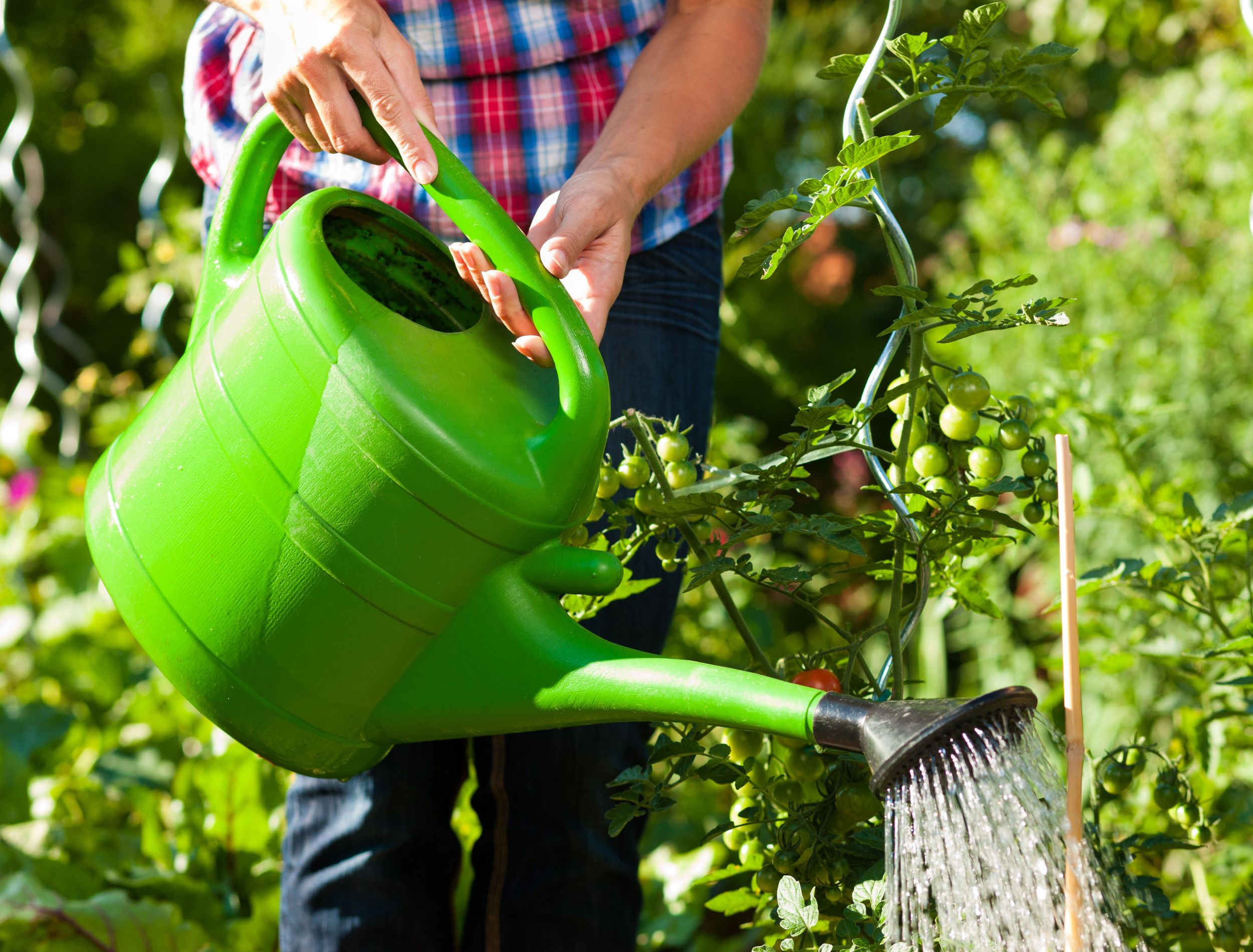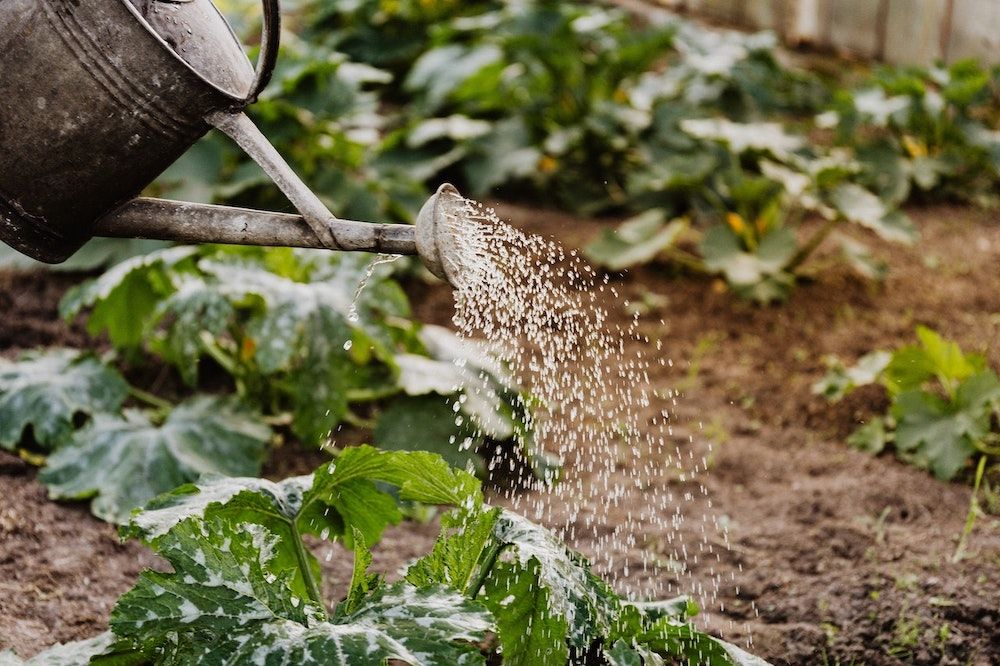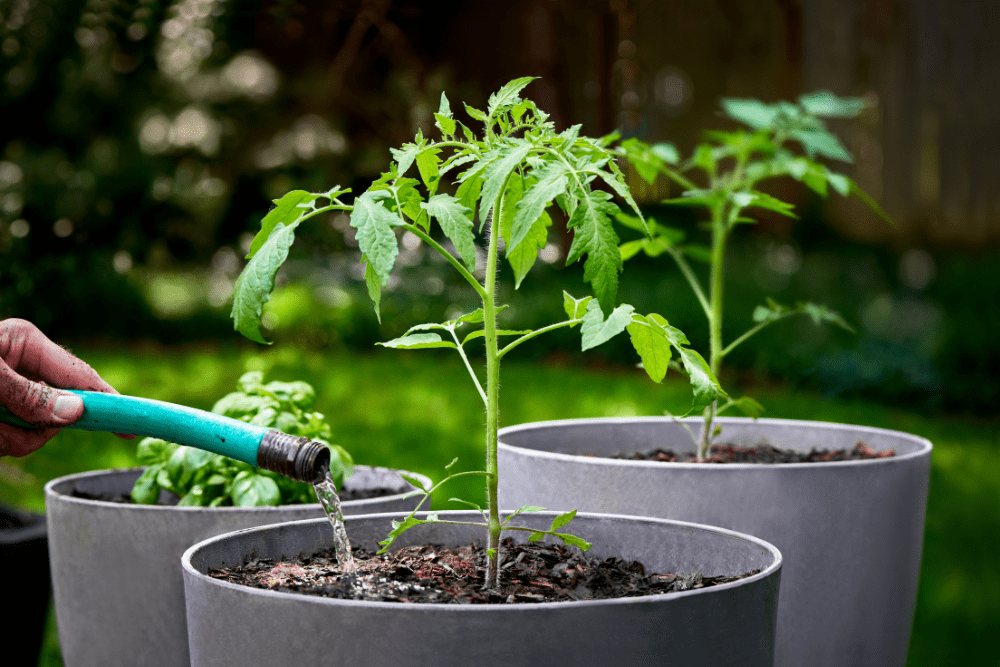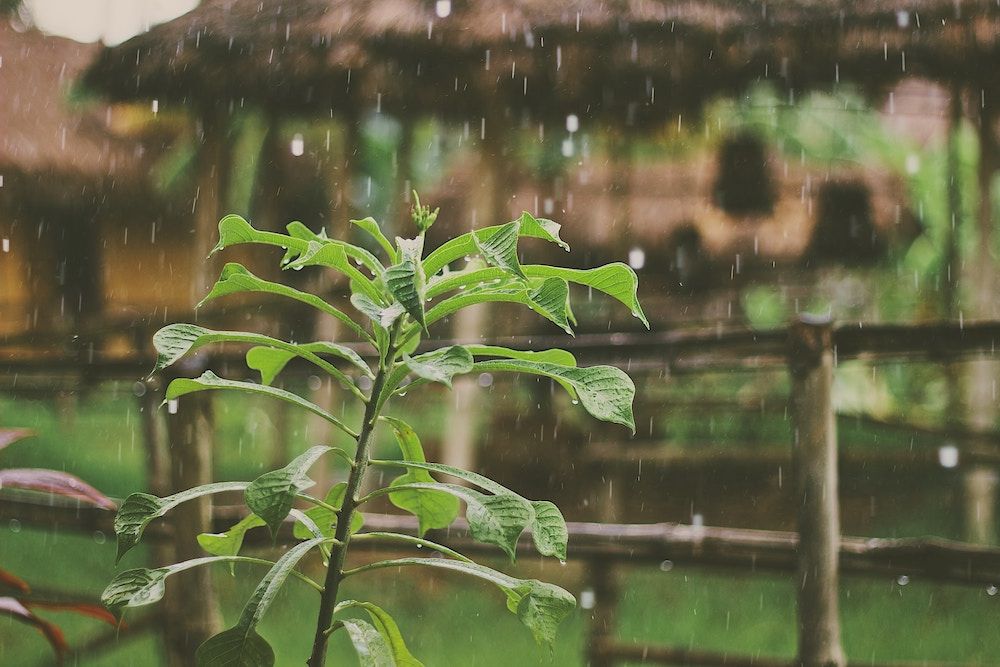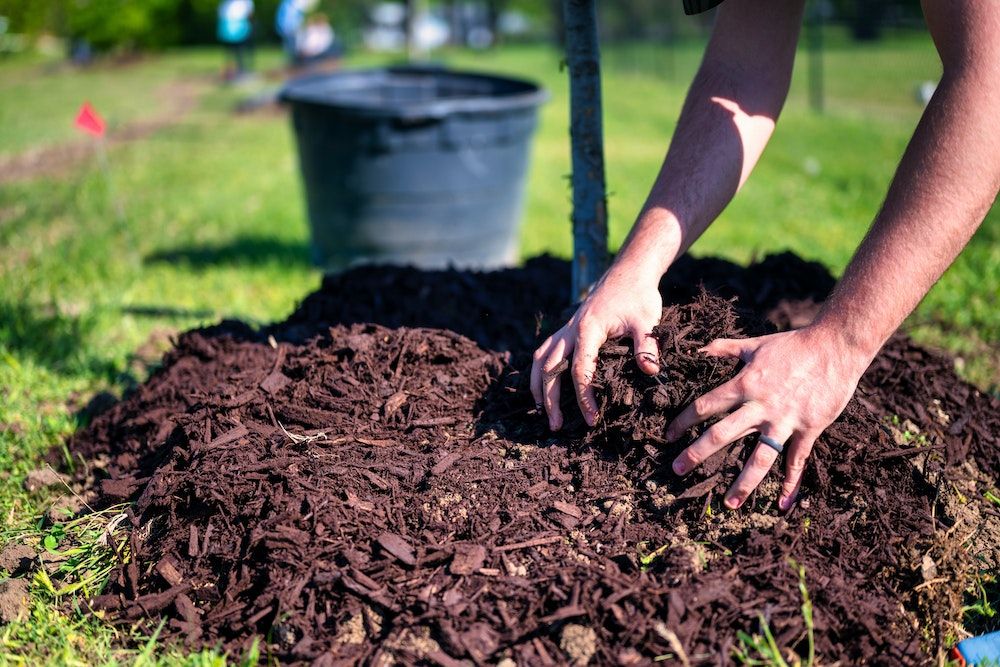A vegetable garden is a rewarding and beautiful addition to your yard, but your watering routine plays a large role in the success of your plants. Too much water can result in root rot, yellowing foliage, and dying plants, while too little water can cause a lack of growth, wilting, and also death. So, how can you determine how often to water your veggies? Not to mention, how much water you should be applying?
Learn all about the different nuances that come with watering your vegetable garden, with information on quantity, and even ideas for water conservation to cut costs.
When to Water Your Vegetable Garden
Knowing when to water your vegetable garden is one of the most important things to consider when determining how often to complete the task.
Always feel the soil to determine if it requires watering. High-quality soil will make this process easier because it has great water retention, holding onto moisture while still providing the proper drainage. Improve soil quality by amending with organic matter, such as applying ¼ inch of compost each season. Stick your finger 1 to 2 inches into the soil to determine if it is dry or moist. If it is dry, it is time to water! If it is still moist, it is usually best to hold off watering for another day or two.
Also, water early in the morning or evening. One mistake that many gardeners make is watering in the afternoon, which can result in too much evaporation due to the heat, and also potentially fungal diseases. In the morning, the water will have ample time to penetrate the soil and reach the roots of the plants.
A number of other factors influence when it is time to water, such as rainfall, temperatures, and plant type. More on that below!
How to Water Your Vegetable Garden
With knowledge on when to water your vegetable garden, learn the best tips for how often and how much to water your plants.
How Much Water?
Plants in the ground generally require about 1 inch of water per week, distributed through three separate waterings to ensure the soil remains moist. Vegetable gardens in containers typically need more water since there is less soil, meaning the plants dry out more quickly. Again, you can determine this by testing soil moisture with your finger. Check the soil moisture two inches deep and if it's dry give your plant a drink!
Watering deeply is the most important aspect of watering your plants – they wouldn't be able to survive without it! It is crucial to apply enough water at one time to ensure you saturate the roots. When watering a container garden, continue watering until water comes out of the drainage holes. To determine how much water you need for garden beds, measure them in length and width in feet and multiply those two numbers to determine the square footage; 1 inch of water is 62 gallons for a 100 square-foot area.
Avoid watering from above your crops since soaking the leaves can result in foliage diseases. Always saturate the soil at the soil level, watering around the base of the plants. Typically, sprinklers are best for watering lawns and not gardens. Water the soil of your vegetable garden directly using a watering can or hose. Also, consider edging with gravel, bricks, or pebbles around your vegetable garden to prevent soil erosion.
Factors to Consider
If your area is incredibly hot or in a drought, take evaporation into account and check the soil and water your garden more often, which also rings true when caring for a lawn in a drought. On the other hand, if your area consistently has heavy rainfall for a few days, hold off on watering as the soil is likely already saturated. You can still check the soil moisture, especially for plants that are covered beneath structures such as pergolas, gazebos, or next to fences.
While torrential rain means your plants are getting a healthy helping of water, light rainfall does not. It will only sit on the surface of the soil and quickly evaporate. Watering right after a light rainfall ensures that the water penetrates 5 to 6 inches into the soil.
Another factor to consider is the plant type. Tomatoes, cabbage, onions, asparagus, and other plants require different care. In this case, you should plant these veggies separately and adjust your watering schedule according to their needs. Plant companion plants, such as tomatoes and basil, together since they have similar preferences in terms of watering, lighting, and soil quality.
Water Conservation
Maintaining moisture is crucial to your plant's health, but water conservation is also an important topic. While your plants need water, there are numerous different ways to limit your water usage and energy waste. Consider the options below, all of which will save you time, money, and water.
1. Harvesting rainwater is a great way to water your plants. It is eco-conscious, affordable, and accessible, and you can also use the water for anything from garden care to laundry.
2. Laying mulch is an effective way to protect your soil. It maintains moisture levels, acts as a form of drainage to fight against overwatering, and even prevents weeds from growing.
3. Installing a drip irrigation system is a great way to conserve water and properly care for your plants. It will slowly drip water onto the roots of your plant, providing them with plenty of water without overdoing it.
Ready, Set, Water!
Watering your vegetable garden does not have to be an arduous task, but it does require time and attention to ensure your plants are receiving the right amount of moisture. Make the job a little easier by amending your soil and applying mulch to ensure it maintains moisture levels, and pay attention to the weather and soil moisture to determine when your plants actually require watering.
Do you know anyone struggling to water their vegetable plants? Share this guide to lend a helping hand!

